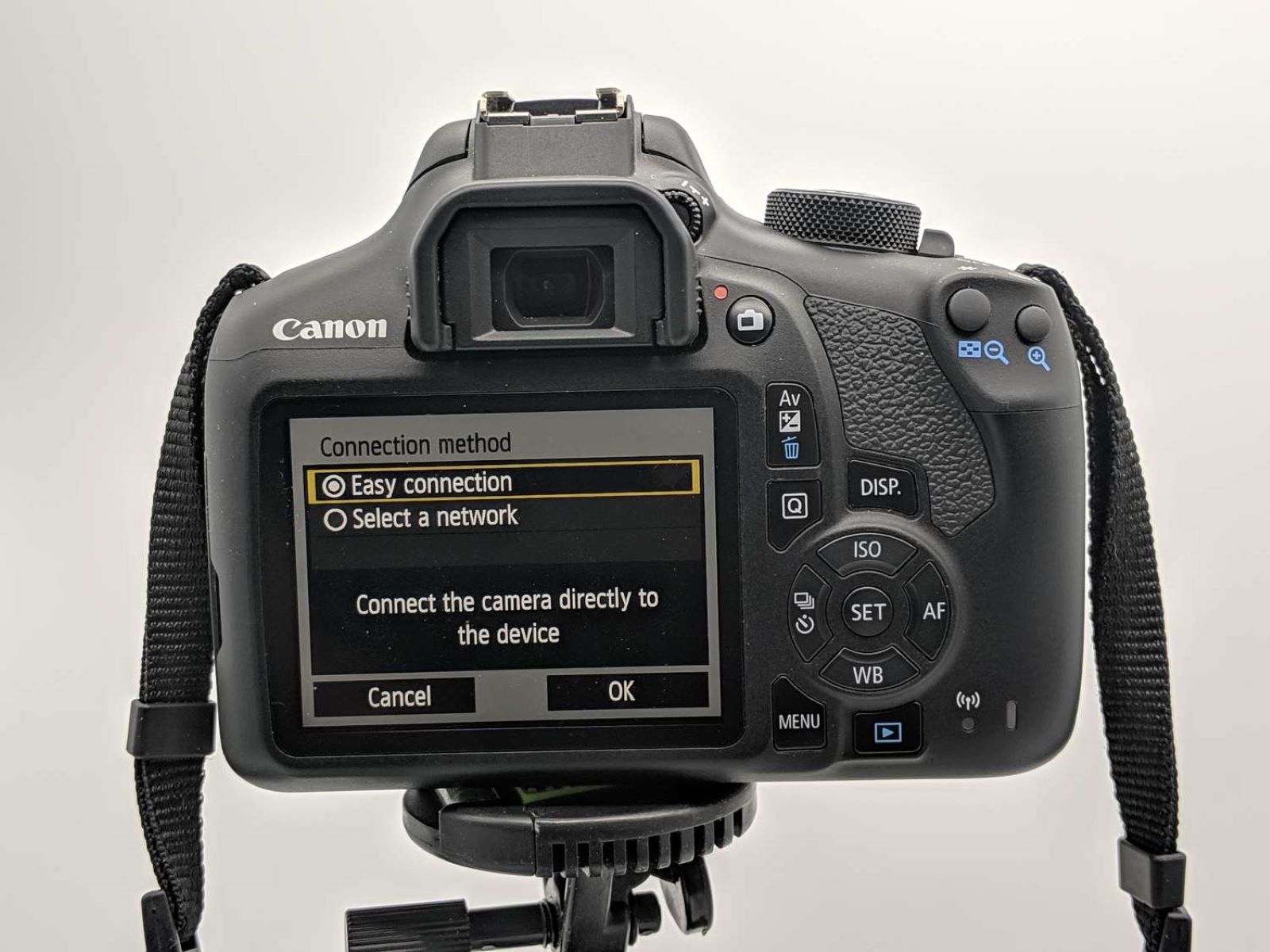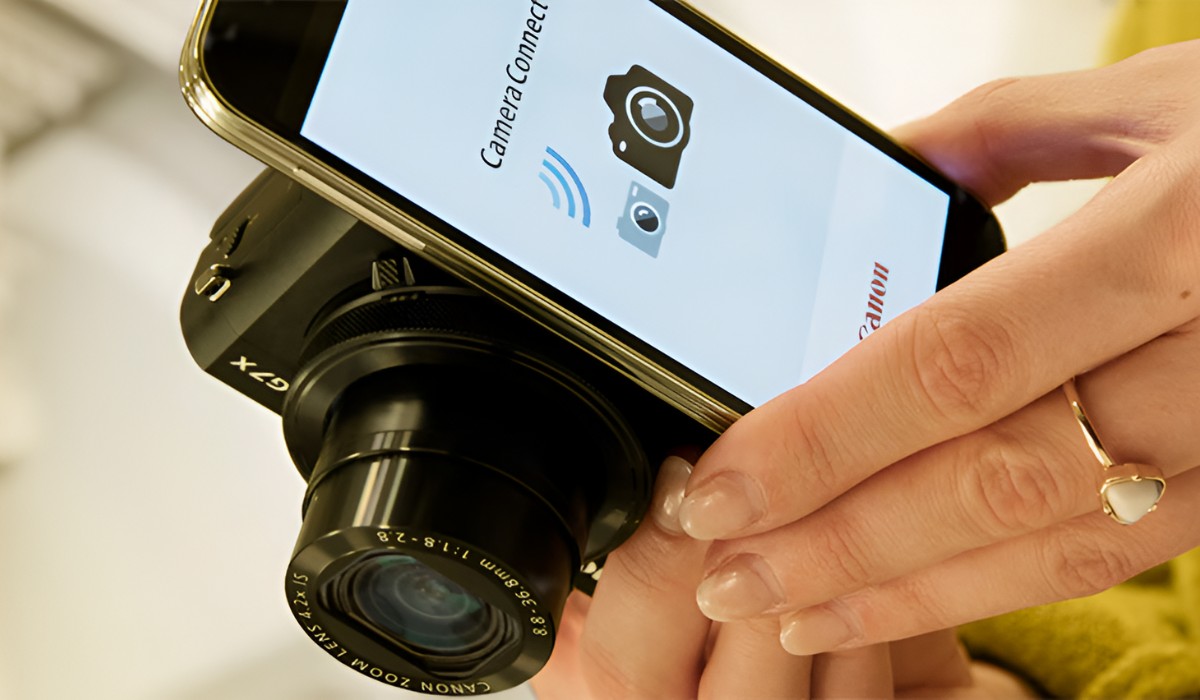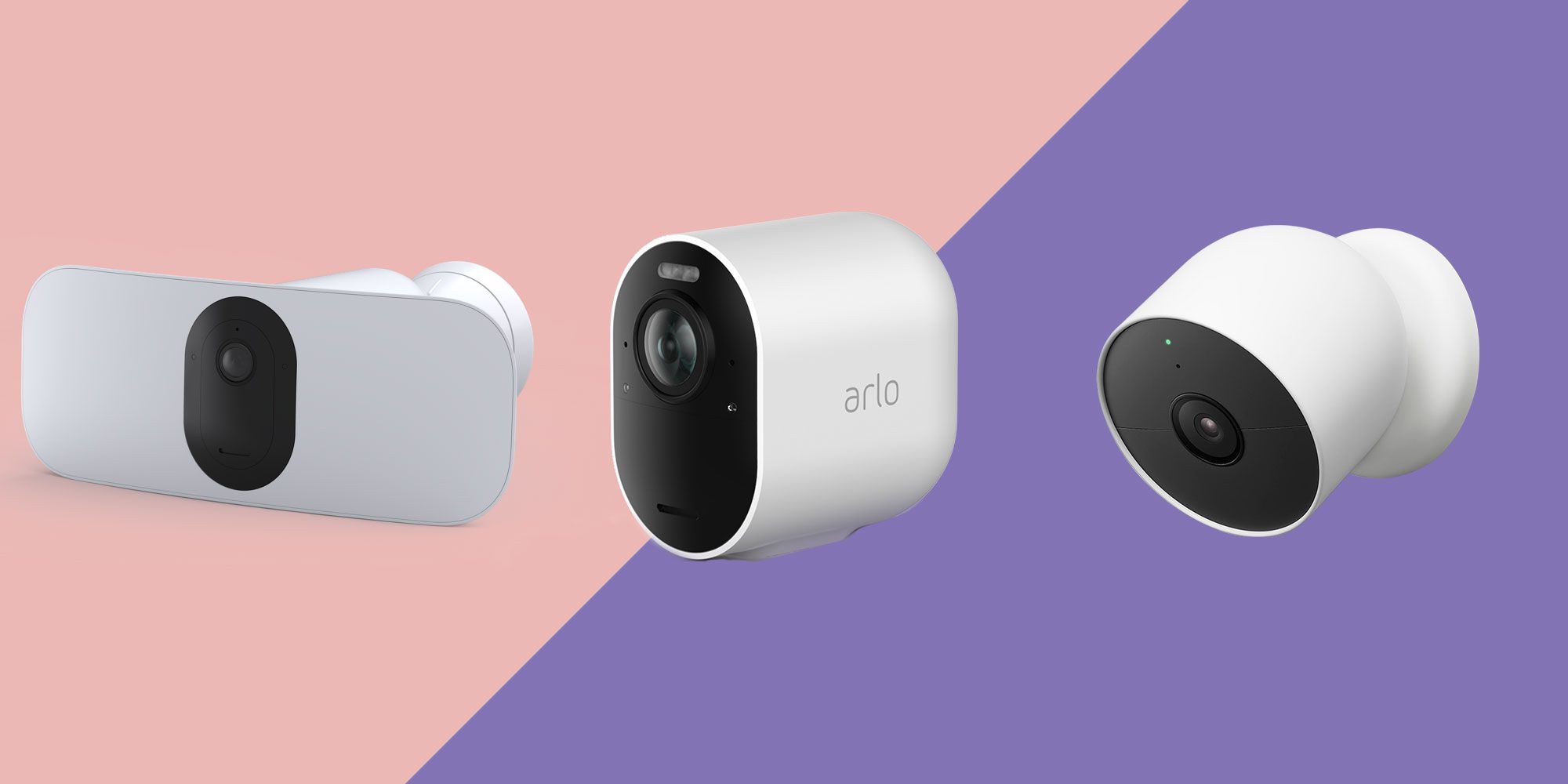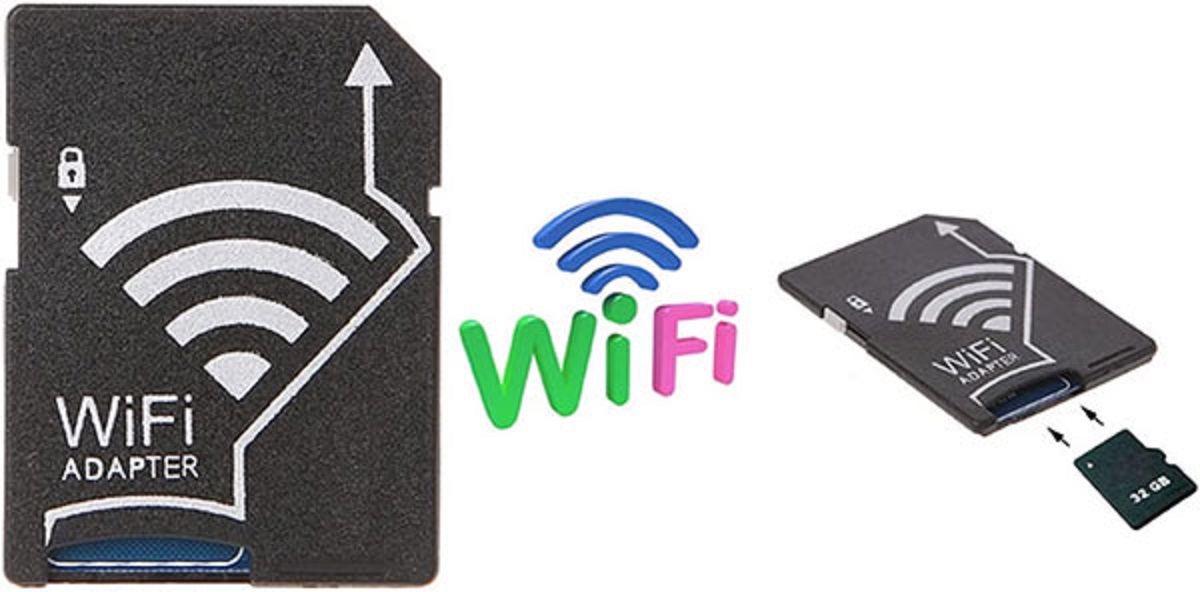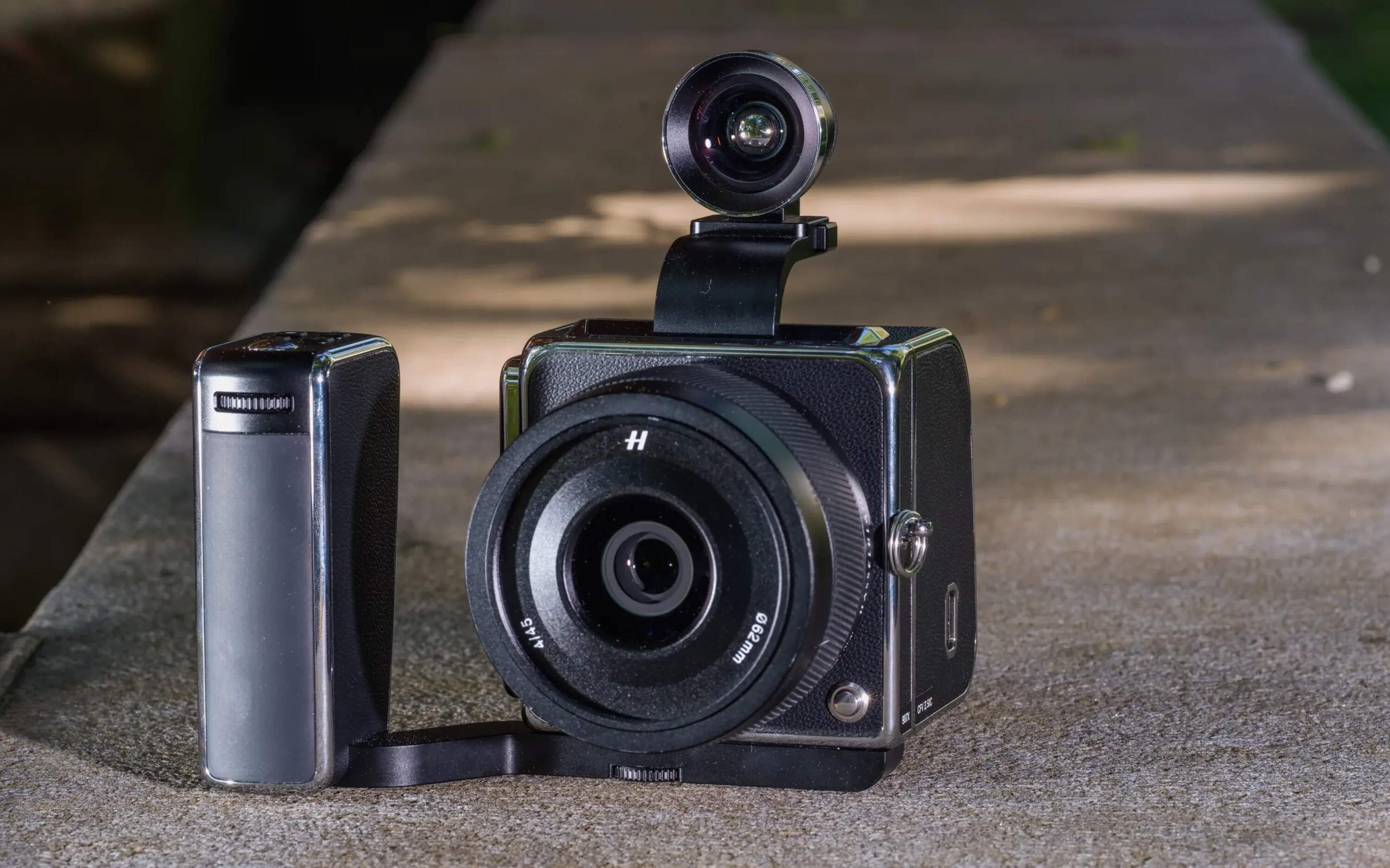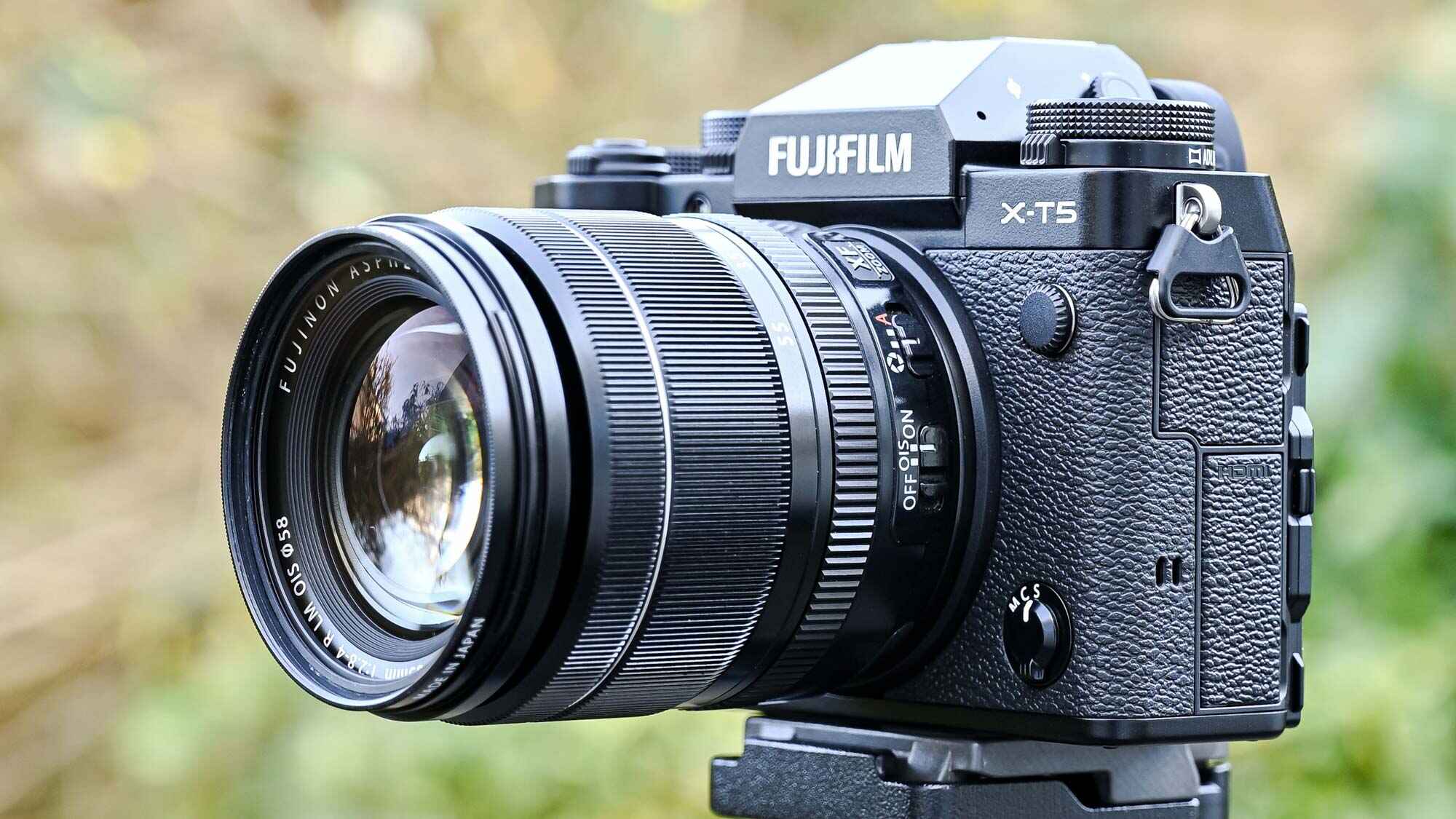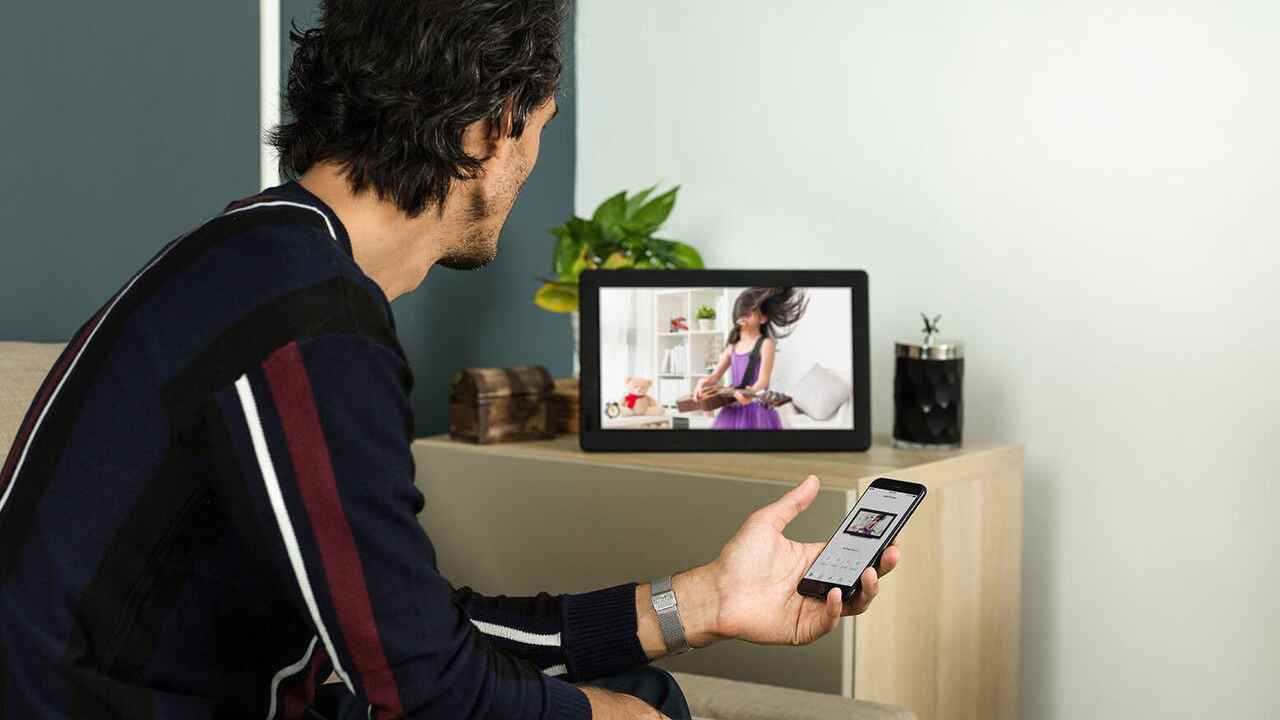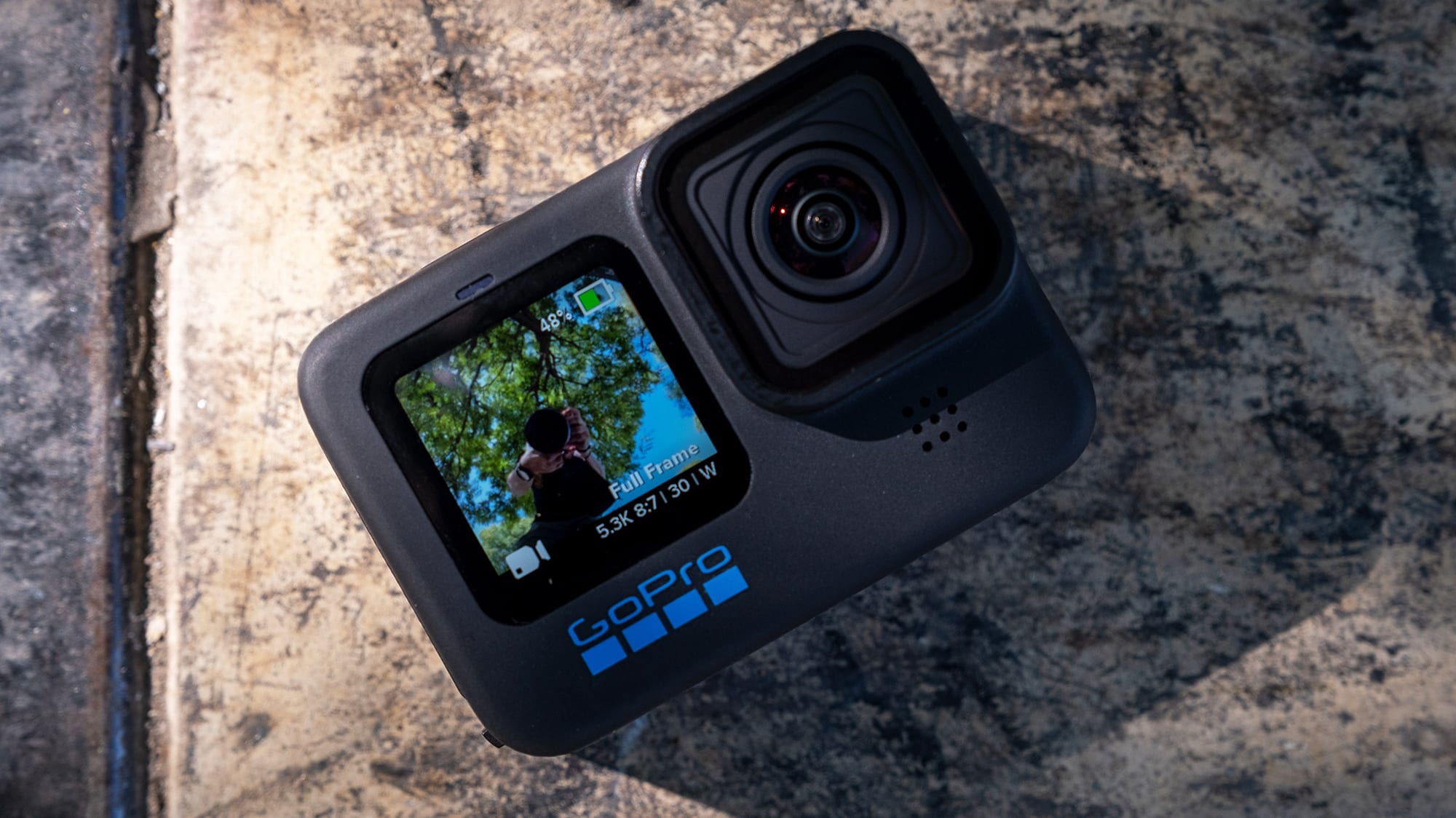Introduction
Are you a photography enthusiast looking to enhance your DSLR camera's capabilities? Adding WiFi to your DSLR camera can revolutionize the way you capture and share moments. With the advent of WiFi technology, photographers can now transfer photos wirelessly, control their cameras remotely, and instantly share their work with the world. In this article, we will explore the benefits of adding WiFi to a DSLR camera, the different methods to achieve this, how to choose the right WiFi adapter, setting up WiFi on your camera, and tips for maximizing the use of WiFi in your photography endeavors.
Gone are the days of cumbersome cable connections and tedious photo transfers. By integrating WiFi into your DSLR camera, you can streamline your workflow, increase your creative possibilities, and stay ahead in the digital age. Whether you're a professional photographer or an avid hobbyist, the convenience and flexibility offered by WiFi connectivity can elevate your photography experience to new heights.
Stay tuned as we delve into the exciting world of WiFi-enabled DSLR cameras, unlocking a realm of possibilities for capturing and sharing stunning images. Let's embark on this journey to discover how WiFi can transform your photography game.
Benefits of Adding WiFi to a DSLR Camera
Adding WiFi functionality to your DSLR camera offers a myriad of benefits that can significantly enhance your photography experience. Let’s explore some of the key advantages:
- Wireless Photo Transfer: With WiFi capability, you can effortlessly transfer photos from your DSLR camera to your smartphone, tablet, or computer without the need for cumbersome cables. This enables quick and convenient sharing of your images on social media platforms, blogs, or with clients and collaborators.
- Remote Camera Control: WiFi connectivity allows you to remotely control your DSLR camera using a mobile app or dedicated software. This feature is particularly useful for capturing self-portraits, group shots, or wildlife photography where physical access to the camera may be limited.
- Instant Image Sharing: By connecting your DSLR camera to a WiFi network, you can instantly share your photos with friends, family, or clients, providing real-time access to your latest captures. This immediate sharing capability can be invaluable for event coverage, photojournalism, and social photography.
- Efficient Workflow: WiFi-enabled cameras enable seamless integration with cloud storage services, allowing for automatic backup and synchronization of your images. This streamlines your workflow and provides added security for your valuable photographic content.
- Enhanced Creativity: WiFi connectivity opens up new creative possibilities, such as using your smartphone as a live viewfinder, adjusting camera settings remotely, and exploring innovative photography techniques that were previously challenging to execute.
These benefits collectively contribute to a more versatile, efficient, and connected photography experience, empowering you to capture, share, and create in ways that were once limited by traditional camera technology.
Different Methods to Add WiFi to a DSLR Camera
There are several methods available to add WiFi functionality to your DSLR camera, each offering unique features and compatibility. Let’s explore some of the most popular options:
- WiFi-Enabled SD Cards: One of the simplest ways to add WiFi to your DSLR camera is by using a WiFi-enabled SD card. These innovative cards feature built-in WiFi capabilities, allowing you to wirelessly transfer photos from your camera to your mobile device or computer. Setup is typically straightforward, and compatibility spans across various camera models, making this a versatile and user-friendly option.
- External WiFi Adapters: External WiFi adapters, also known as wireless transmitters, can be attached to your camera’s USB or HDMI port to enable WiFi connectivity. These adapters often offer advanced features such as remote camera control, live view capabilities, and enhanced wireless range. They are compatible with a wide range of DSLR and mirrorless cameras, providing flexibility and functionality for photographers seeking comprehensive wireless solutions.
- Camera-Specific WiFi Modules: Some camera manufacturers offer proprietary WiFi modules or accessories designed specifically for their camera models. These modules seamlessly integrate with the camera’s firmware, providing a tailored WiFi solution that may offer enhanced performance and compatibility. While these modules may be limited to specific camera models, they often deliver optimized wireless functionality and a seamless user experience.
- Tethering Software: Certain DSLR cameras can achieve WiFi-like functionality through tethering software that enables a direct USB connection to a computer or mobile device. While not technically WiFi, this method allows for remote camera control, live view, and image transfer, providing a wireless-like experience through a wired connection.
Each of these methods presents unique advantages and considerations, catering to diverse user preferences, camera models, and workflow requirements. By evaluating the features and compatibility of these WiFi integration options, you can select the method that best aligns with your photographic needs and technical preferences.
Choosing the Right WiFi Adapter for Your DSLR Camera
When selecting a WiFi adapter for your DSLR camera, it’s essential to consider several factors to ensure seamless integration and optimal performance. Here are key considerations to guide you in choosing the right WiFi adapter:
- Compatibility: Ensure that the WiFi adapter is compatible with your specific DSLR camera model. Different cameras may require distinct adapter configurations, so it’s crucial to verify compatibility to avoid compatibility issues and functionality limitations.
- Wireless Range and Stability: Assess the wireless range and stability offered by the WiFi adapter. A reliable adapter should provide consistent connectivity over a sufficient distance, enabling flexibility in your shooting scenarios without sacrificing signal quality.
- Remote Control Features: Consider the remote control capabilities offered by the WiFi adapter. Advanced adapters may provide comprehensive remote camera control, including adjusting settings, triggering the shutter, and accessing live view functionality, enhancing your creative control and shooting flexibility.
- Image Transfer Speed: Evaluate the image transfer speed of the WiFi adapter to ensure efficient and timely photo transfers. A fast transfer rate is essential for quickly sharing and reviewing images, particularly in time-sensitive or dynamic photography environments.
- Compatibility with Mobile Devices and Computers: Confirm that the WiFi adapter seamlessly interfaces with your preferred mobile devices and computers. Compatibility with iOS, Android, and various operating systems ensures versatile connectivity and smooth image transfer across your devices.
- Battery Life and Power Options: Consider the power requirements and battery life of the WiFi adapter. Opt for an adapter with efficient power consumption and flexible power options, such as rechargeable batteries or USB power, to support extended shooting sessions without interruption.
- Software and Firmware Updates: Research the availability of software updates and firmware support for the WiFi adapter. Regular updates and compatibility with the latest operating systems and camera firmware ensure long-term usability and performance optimization.
By carefully assessing these considerations and comparing the features of available WiFi adapters, you can make an informed decision that aligns with your photography workflow, technical requirements, and creative objectives. Selecting the right WiFi adapter empowers you to leverage the full potential of wireless connectivity while maximizing your DSLR camera’s capabilities.
How to Set Up WiFi on Your DSLR Camera
Setting up WiFi on your DSLR camera involves a series of straightforward steps that vary depending on the specific WiFi integration method and camera model. Here’s a general guide to help you navigate the process:
- Choose the WiFi Integration Method: Depending on your preferred WiFi integration method, whether it’s a WiFi-enabled SD card, external WiFi adapter, camera-specific WiFi module, or tethering software, follow the manufacturer’s instructions for initial setup and configuration.
- Install and Configure the WiFi Adapter: If you opt for an external WiFi adapter, carefully attach and configure the adapter to your camera’s designated port, following the provided guidelines. Ensure that the adapter is securely connected and powered according to the manufacturer’s specifications.
- Enable WiFi on Your Camera: Access your camera’s menu system to enable the WiFi functionality. Depending on the camera model, this may involve navigating through the settings menu to locate the WiFi or connectivity options. Follow the on-screen prompts to activate the WiFi feature.
- Connect to a WiFi Network: Once the WiFi feature is enabled on your camera, initiate a WiFi network connection. Depending on the method, you may need to select a network from the available options, enter a password if required, and establish a secure connection to enable wireless communication.
- Install Companion Apps or Software: If your WiFi integration method involves using companion apps or software on your mobile device or computer, download and install the necessary applications from the respective app stores or official websites. Follow the setup instructions to pair your camera with the companion device for seamless wireless control and image transfer.
- Test Connectivity and Functionality: Once the initial setup is complete, test the connectivity and functionality of the WiFi integration. Transfer a test image from your camera to your mobile device or computer to ensure that the wireless communication is operational and reliable.
- Explore Remote Control and Image Transfer Features: Familiarize yourself with the remote control capabilities and image transfer options facilitated by the WiFi integration. Experiment with remote shooting, live view functionality, and wireless image transfer to fully leverage the benefits of WiFi connectivity in your photography workflow.
Following these steps and adhering to the specific instructions provided by the WiFi integration method and your camera’s manufacturer will enable you to successfully set up WiFi on your DSLR camera, unlocking a new realm of wireless possibilities for capturing, sharing, and controlling your photographic endeavors.
Tips for Using WiFi on Your DSLR Camera
As you embark on your WiFi-enabled photography journey, consider the following tips to maximize the potential of WiFi connectivity with your DSLR camera:
- Secure Your Wireless Connection: When connecting your camera to a WiFi network, prioritize security by using encrypted connections and strong passwords to safeguard your data and prevent unauthorized access to your camera’s wireless functionality.
- Regularly Update Firmware and Software: Stay informed about firmware updates for your camera and WiFi adapter, ensuring that you have the latest features, security patches, and compatibility enhancements to optimize the wireless experience and address any potential issues.
- Optimize Image Transfer Settings: Configure your camera and companion devices to efficiently transfer images while maintaining image quality. Adjust transfer settings to balance speed and file size, optimizing the wireless transfer process based on your specific workflow requirements.
- Explore Remote Shooting Scenarios: Embrace the flexibility of remote shooting enabled by WiFi connectivity. Experiment with capturing unique perspectives, self-portraits, and challenging compositions by remotely controlling your camera from a mobile device or computer.
- Utilize Live View and Focus Control: Leverage the live view functionality provided by WiFi integration to precisely compose your shots and achieve accurate focus, especially in scenarios where direct access to the camera’s viewfinder is limited or impractical.
- Backup and Sync Images Wirelessly: Take advantage of cloud storage services and wireless image synchronization to automatically back up and sync your photos, providing added security and accessibility while streamlining your post-production workflow.
- Maximize Battery Efficiency: Be mindful of the impact of WiFi connectivity on your camera’s battery life. Consider using power-saving settings and periodically disabling WiFi when not in use to conserve battery power during extended shooting sessions.
- Experiment with Third-Party Apps and Integrations: Explore third-party apps and integrations that complement your camera’s WiFi capabilities, offering additional features, creative tools, and seamless connectivity with popular photography and social media platforms.
By integrating these tips into your photography practice, you can harness the full potential of WiFi on your DSLR camera, elevating your creative possibilities, workflow efficiency, and connectivity in the dynamic world of digital photography.
Conclusion
Adding WiFi functionality to your DSLR camera opens up a world of opportunities for photographers, offering seamless wireless image transfer, remote camera control, and instant sharing capabilities. By embracing WiFi connectivity, photographers can streamline their workflow, enhance creativity, and stay connected in today’s digital age.
With a variety of methods available, such as WiFi-enabled SD cards, external WiFi adapters, camera-specific WiFi modules, and tethering software, photographers have the flexibility to choose the WiFi integration solution that best aligns with their technical preferences and camera models. Selecting the right WiFi adapter and navigating the setup process empowers photographers to unlock the full potential of wireless connectivity in their photography endeavors.
As photographers embrace WiFi on their DSLR cameras, it’s essential to prioritize security, stay updated with firmware and software enhancements, and optimize wireless settings for efficient image transfer. Exploring remote shooting scenarios, leveraging live view and focus control, and maximizing battery efficiency are key considerations for maximizing the benefits of WiFi integration.
Ultimately, WiFi integration revolutionizes the photography experience, offering unparalleled convenience, connectivity, and creative potential. By incorporating WiFi into their DSLR cameras, photographers can elevate their capabilities, share their vision with the world, and adapt to the evolving demands of modern photography.
Embracing WiFi on DSLR cameras is not just a technological upgrade; it’s a gateway to a more connected, efficient, and innovative approach to photography. As photographers harness the power of WiFi, they embark on a journey of enhanced creativity, seamless collaboration, and boundless possibilities in the art of image capture and sharing.







